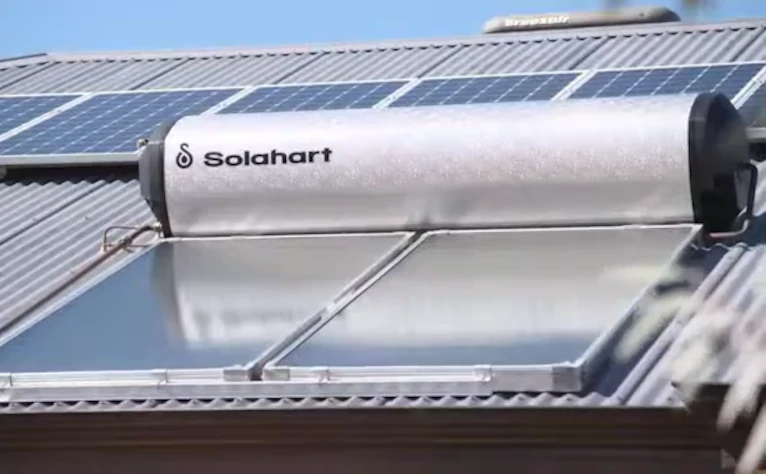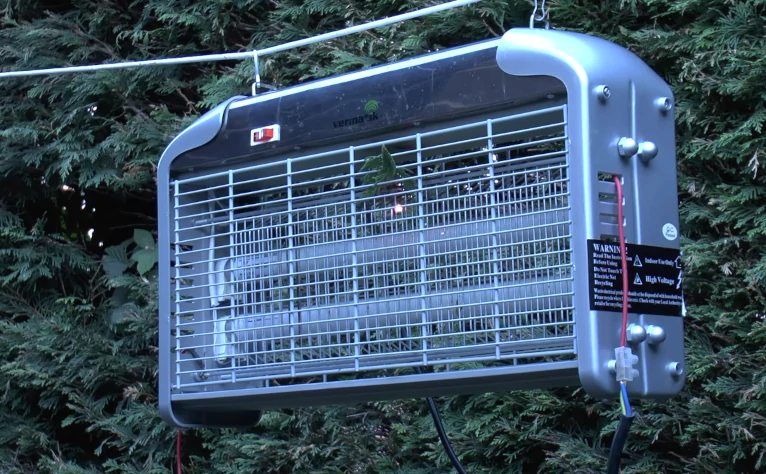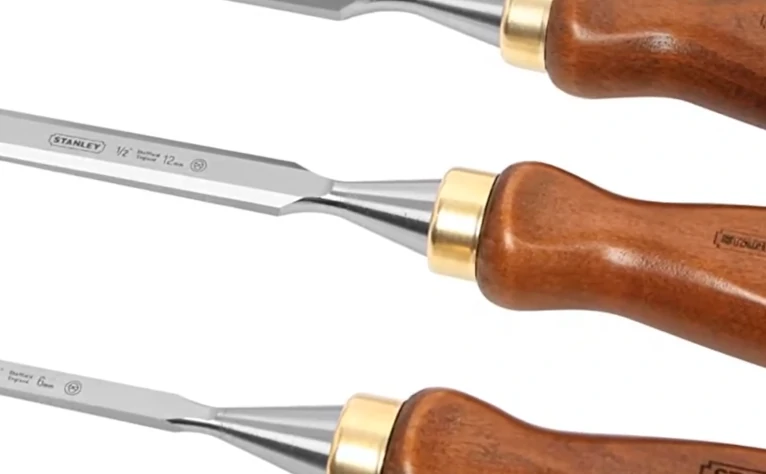Green Living: Use Solar Water Heater

Homeowners have been seeing an exceptional change in their electric bills when they switch from the traditional electric-based water heaters to solar water heaters. The electric bill has been lowered down from 40% to 80% due to the abundance of solar energy supplied by the solar panel. With the use of a solar water heater, hot water can also be plentiful during cold seasons. Furthermore, energy and water conservation still play a huge role here. Having abundant source of hot water does not necessarily mean that the hot water can be wasted. Conservation of natural resources also matters when talking about green living.
Even if the government does not take any initiatives on energy conservation, there is a need for the citizens to engage in environmental responsibility to reduce dependence on the fossil fuels and coal, and to reduce the emission of greenhouse gases. Social responsibility also takes place by encouraging fellow citizens in the engagement of such actions. That way, more and more people would be aware of the harmful effects of continuous use of nonrenewable energy sources to the planet.
Substantial amounts of energy and money can be saved when using solar panels as the main source of energy in the household. Through the solar panels, some appliances can be fully operated such as the solar water heaters. Hot water is considered to be a necessity among areas that encounter frequent low temperature. Heating water by using electric or gas-based water heaters can be quite painstaking when receiving the utility bill. Energy is greatly consumed with electric water heaters, most especially when the volumes of water is tremendously large.
According to the American Council for an Energy-Efficient Economy (ACEEE), replacing the energy source in water heater contributes to the effect of lowering down the utility expenses, since water heating takes more of the household energy compared to other household activity. Water heating needs high amount of energy to produce heat, that is why it needs to be operated by solar energy to avert from using electricity or gas.
In the Pacific Northwest, most households install active solar heater with evacuated tube collectors because the heating capacity works well and accordingly despite the freezing temperature. The insulation of the tanks is tailored to withstand the temperature outside, which is a must when owning a solar water heater.
A solar water heater has two common classifications: the active system and the passive system. The former uses a pump to transport the water through the heating system that requires a solar panel, while the latter does not use any pumps or electrical sources at all. A passive system is more direct since the heat flows down into the water source, and if the water has reached the desired heating temperature, then hot water can be distributed in the household. It is best installed on areas where sunny weather is always present. An active system, on the other hand, works very well in cold areas because of its design to still operate at freezing temperature. It uses a pump to move the water through the collector that contains the solar energy. It also has a heat-exchange fluid that is designed to be a non-freezing fluid that transport the heat from the roof to the tank. The fluid circulates again to the roof so that the whole heating system is warm and does not freeze. An active solar water heater is more expensive than a passive solar water due to its more complex system and design.
Whichever is used, the family is free to choose as long as the heating source comes from the sun. Solar water heater is the appliance that greatly reduces the utility expenses and helps in saving money for the future.





